Van Aert, Froome and other cyclists want to reduce the speed in the races
The increasing speed at which the peloton is riding has been in the spotlight for some time now, as it is considered the main cause of the increase in falls in the peloton. In recent days, both Chris Froome and Wout van Aert have spoken out in the same direction, proposing the limitation of maximum development similar to how it was done in the cadet category.
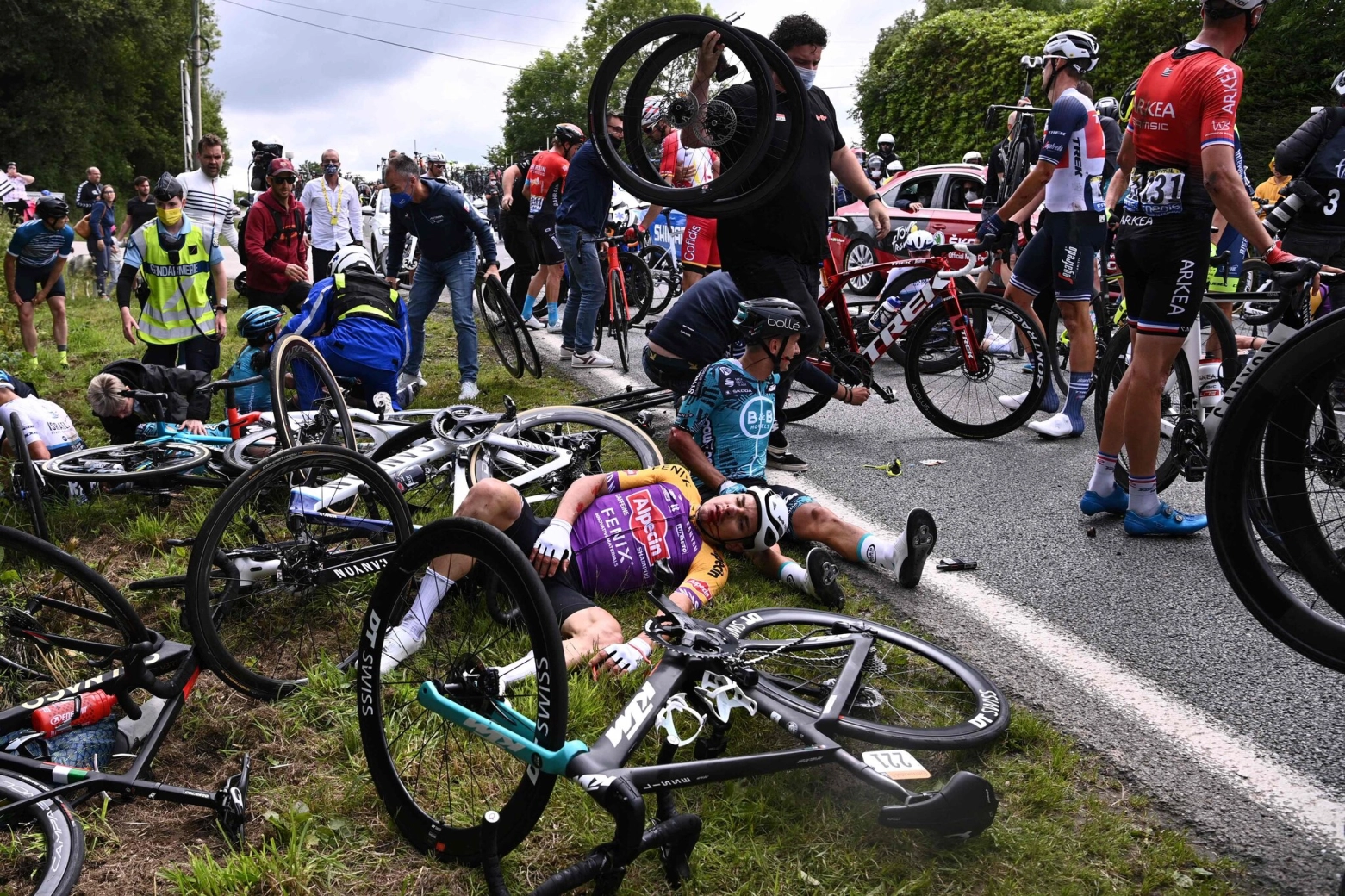
Reducing speed in races as a measure to decrease the number of accidents in cycling
This is not a new idea. A couple of months ago, the director of the Tour de France, Christian Prudhomme, suggested reducing the speed of cyclists as a measure to improve safety in races. These statements were quickly responded to by Jonathan Vaughters, who accused the organizers of shifting the blame to the cyclists to divert attention from the need for organizers to pay more attention to course designs or the location of finishes.
Now, two cyclists, both affected recently by serious falls, have expressed similar sentiments. Wout van Aert and Chris Froome suggested that limiting maximum development could help improve safety. Both argued that with the long gears available to professionals, with bikes that now commonly have 54-tooth chainrings or more on particularly favorable routes, riders can continue pedaling and gaining speed on descents to gain positions in the group or rejoin when a rider has been dropped on the climb.
RECOMENDADO

Tips for cycling in the rain

25 cycling gifts ideas to get it right

When do helmets have to be changed? Do they have an expiration date?
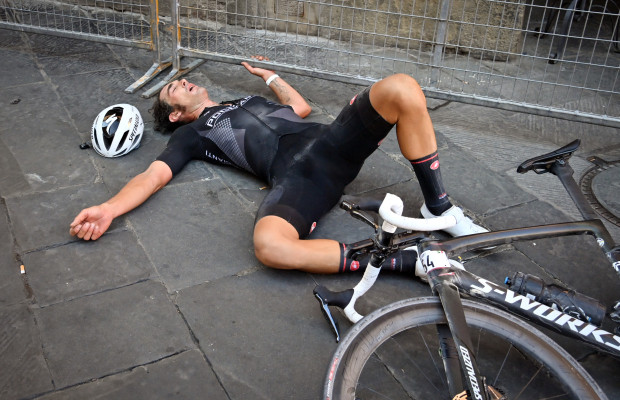
How many days should a cyclist rest per week?
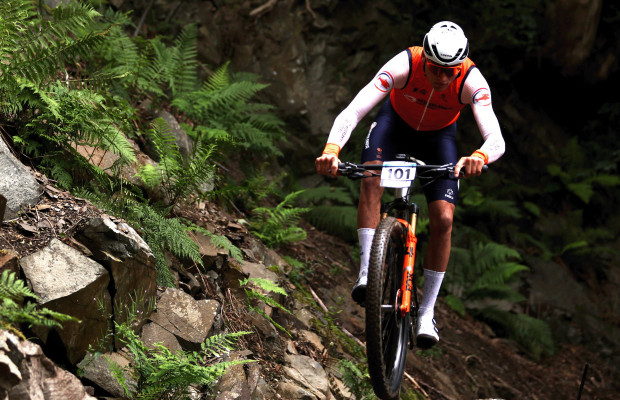
Some reasons to stay away from the road in winter
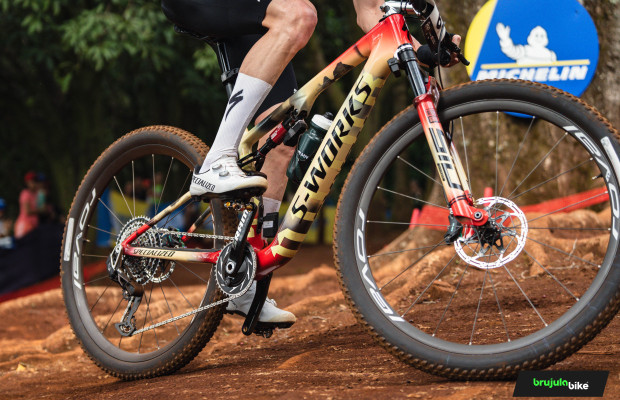
S-Works: what does it really mean and where does Specialized's most exclusive label come from?
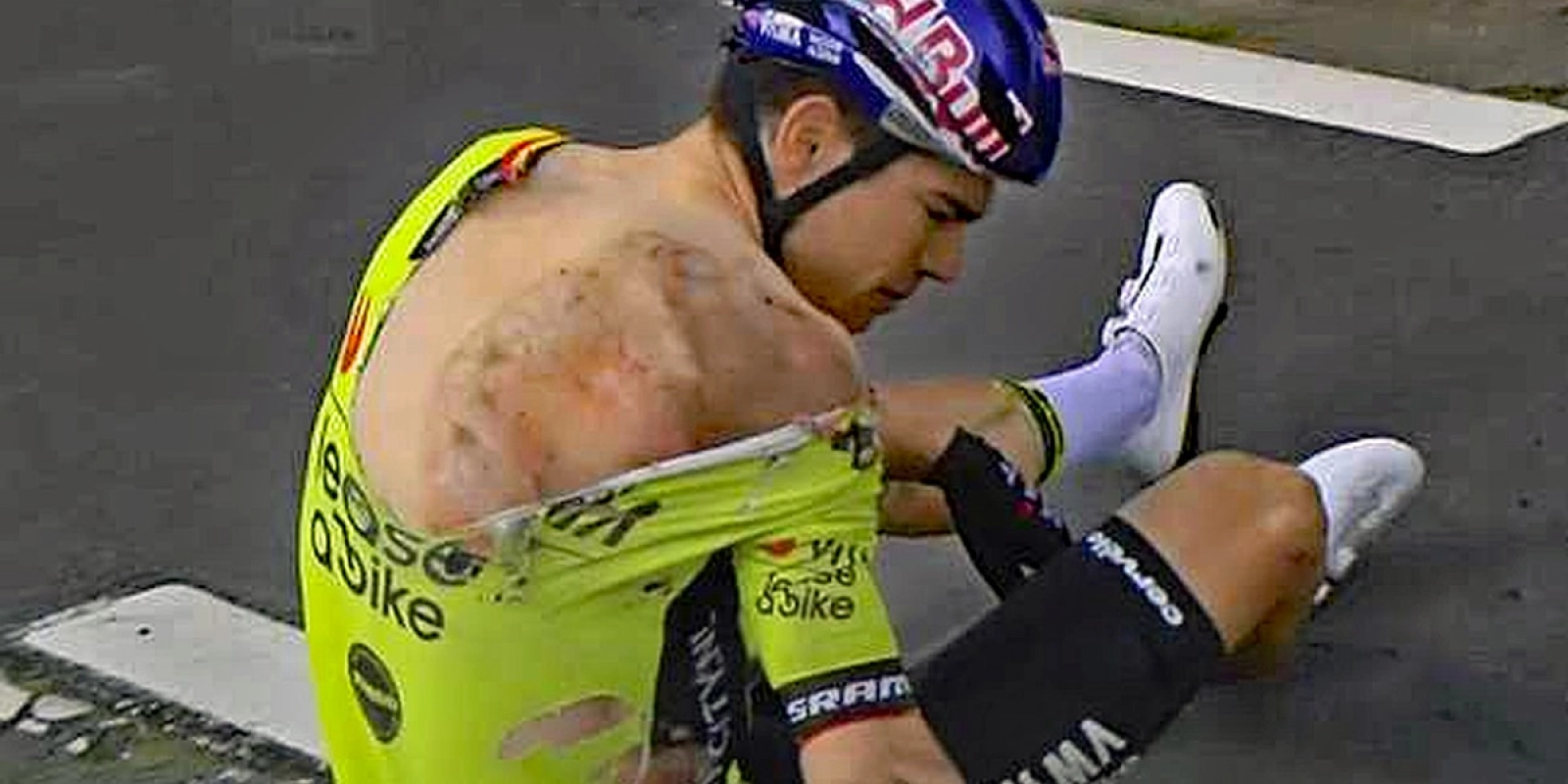
However, their words were quickly countered by some team performance managers like Dan Bigham of Red Bull-BORA-hansgrohe, who pointed out aspects such as the fact that achieving higher speeds with those gears requires the rider to generate much more power. Additionally, it is not taken into account that power is the result of torque applied to the crank and cadence, so if the ability to provide force is limited by restricting development, the rider will likely compensate with higher cadences.
Casper Von Folsach, performance manager of Uno-X, expressed similar sentiments, suggesting that when it comes to limiting speed, a more effective measure would be to limit aerodynamics, the main reason why cyclists can now ride faster.
Overall, the general impression is that all these requests to reduce speed are nothing more than a smokescreen that diverts attention from the real problems such as course design. Let's not forget that the curve where the tremendous crash occurred in the Itzulia last year, which affected the season of several cyclists, was well known by all the cyclists in the area as particularly dangerous, yet the race passed through there without any special signaling or protection.
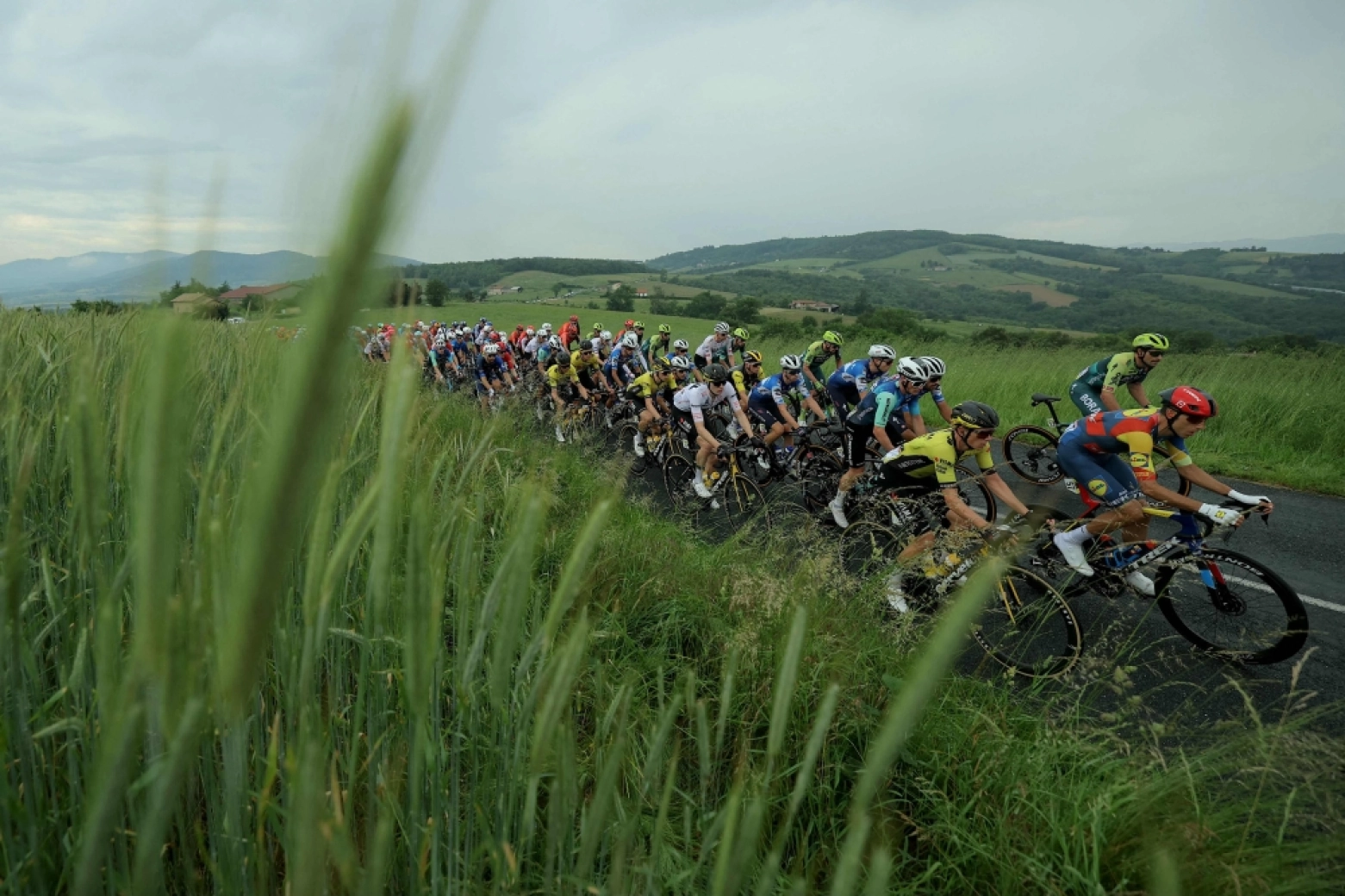
This is a factor that is repeated in the final kilometers of many stages and races, which become a real obstacle course due to the current designs of cities but also due to the choice of location for the finish line made by some organizers.
Some also suggest something as simple as increasing the minimum weight of bikes, or rather of some components, stating that if a minimum weight were set for bottle cages, they would be able to hold bottles better and prevent a lot of falls caused by bottles coming out of their holders in the middle of the peloton.